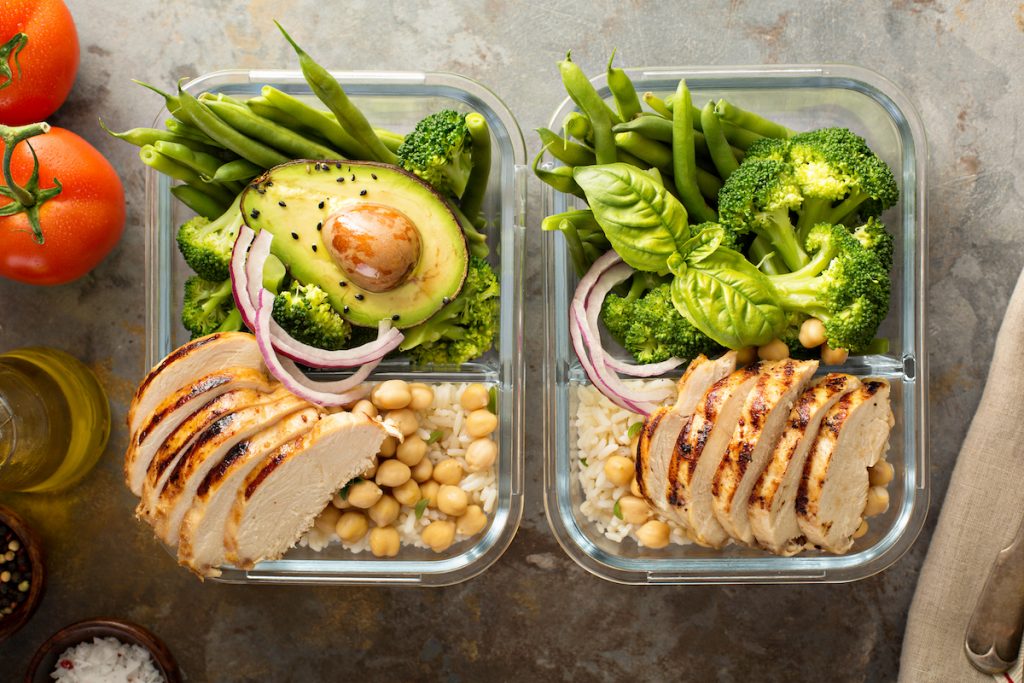We all aspire to have fresh vegetables and fruits in the house, but these ingredients can go bad rather quickly, and there’s nothing worse than wasting your money on ingredients that will be left to rot because they aren’t stored properly. Here are the most important food storage hacks to extend the shelf life of whatever is in your fridge.
1. Keep your berries, grapes, apples and other fresh fruit in the original packaging, storing them in your fridge’s crisper. Eat berries first, since they spoil faster than other fruits. Most vegetables and foods should be stored in the crisper for maximum freshness.
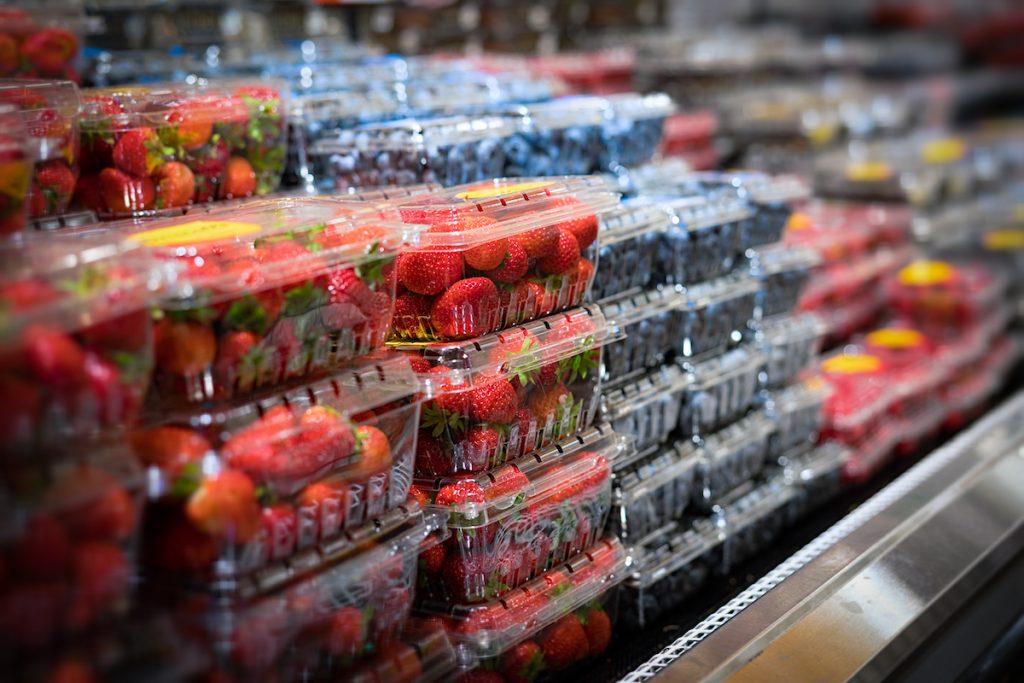
2. Try to shop for fruits or veggies sold in plastic bags with tiny holes, or vents, that keep fruit fresh for longer by releasing moisture. You can often find cherries and grapes in these bags.
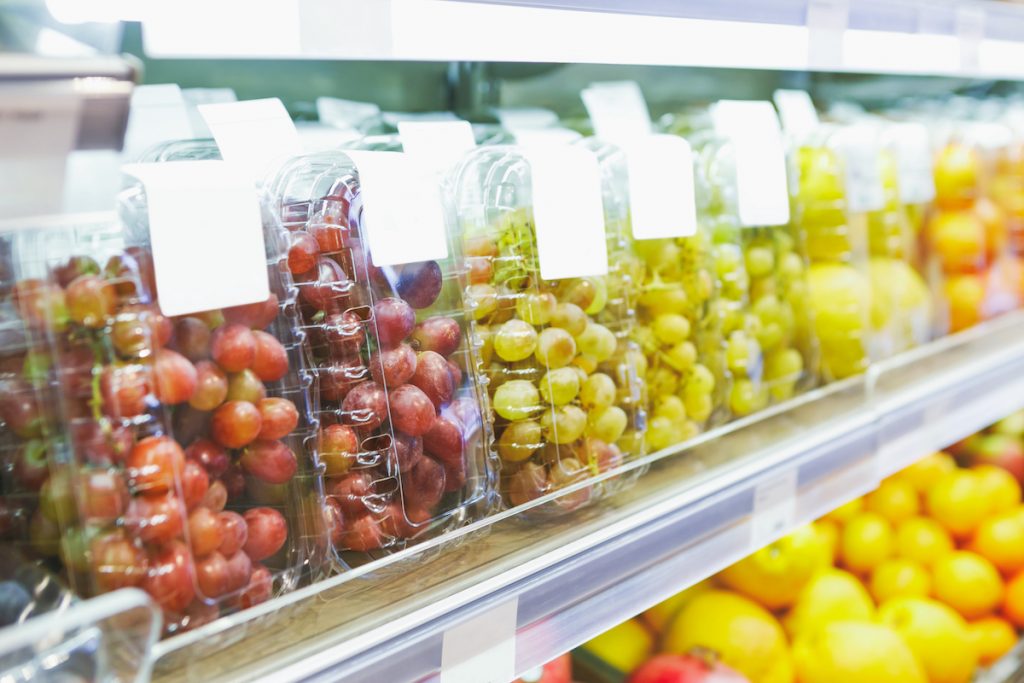
3. Apples can cause other veggies and fruits to ripen faster than usual, surprisingly enough, so try not to store them directly next to these items.
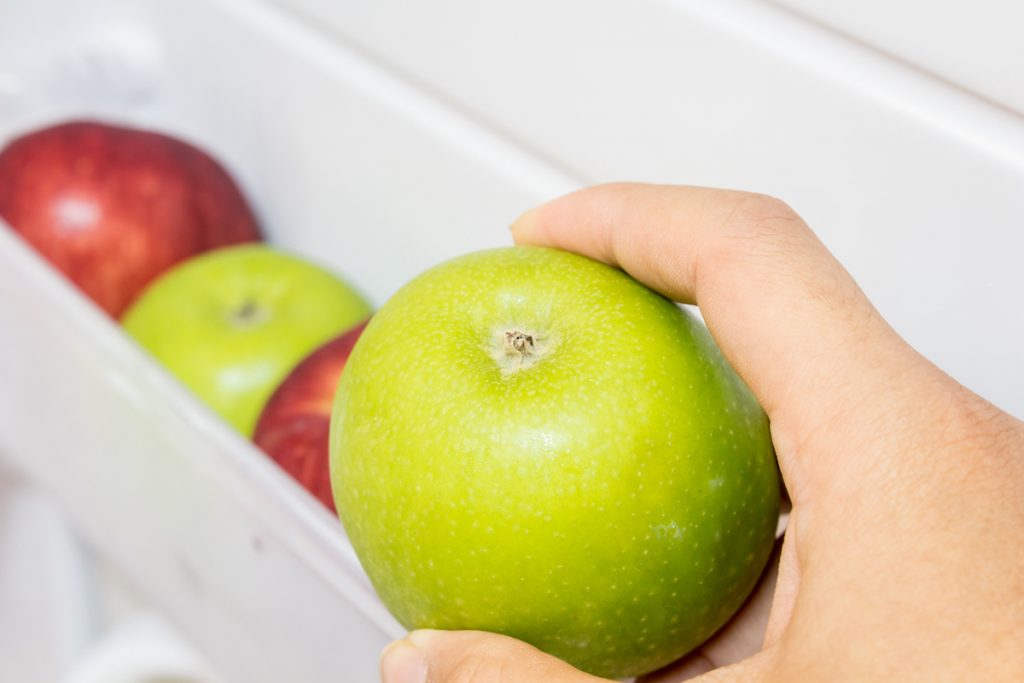
4. Produce to store in the fridge from the get-go includes: broccoli, berries, apples, asparagus, Brussels sprouts, dark leafy greens, lettuce, peas, pomegranate, cilantro, cauliflower, carrots, corn.
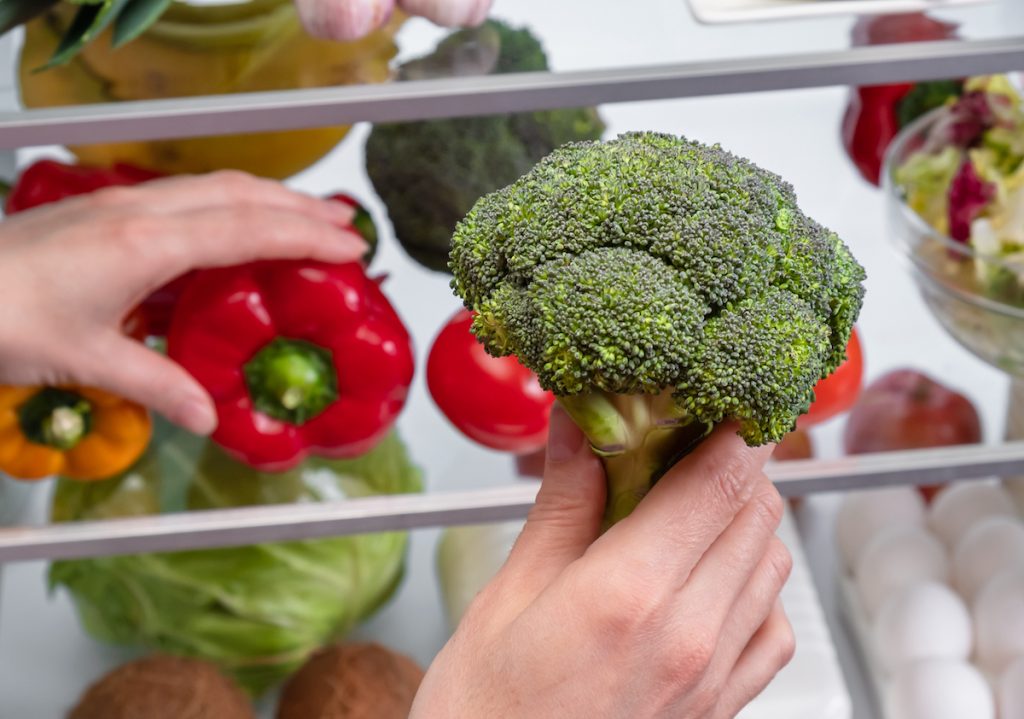
5. Produce that can be stored at room temp for a few days includes: basil, cucumber, potatoes, onions, limes, lemons, green beans, garlic, eggplant, sweet potatoes, watermelon (before cutting), and zucchini.
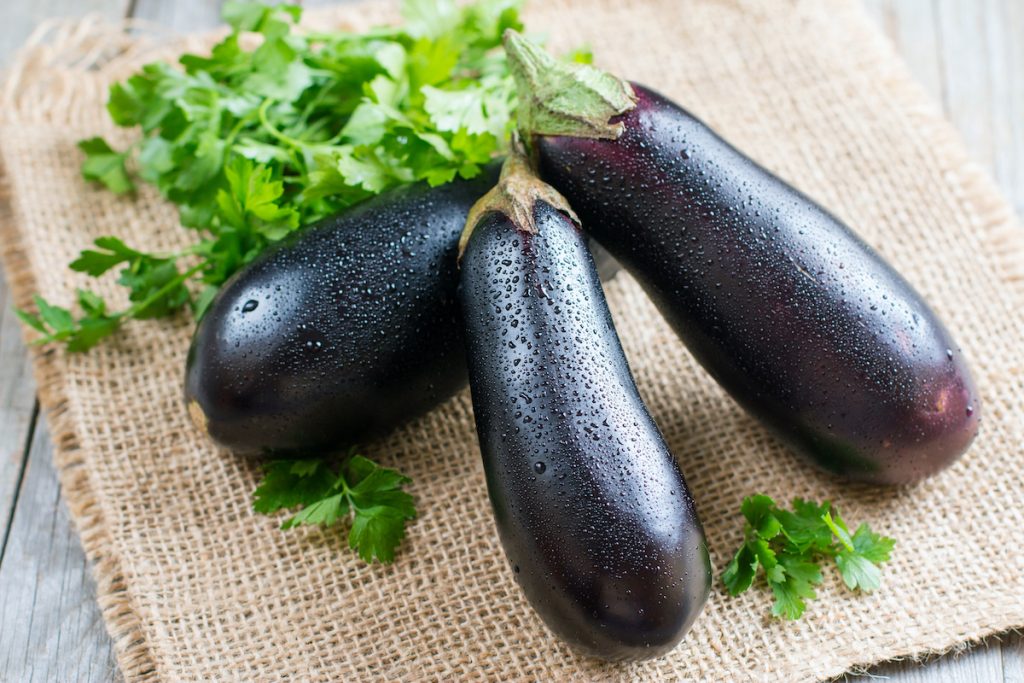
6. Opt for canned fruit, although it’s not always as nutritious. Canned fruit can be stored for up to 2 years, and while the “use by” date is generally reliable, it’s always a good idea to mark the can with the date you’ve purchased it.
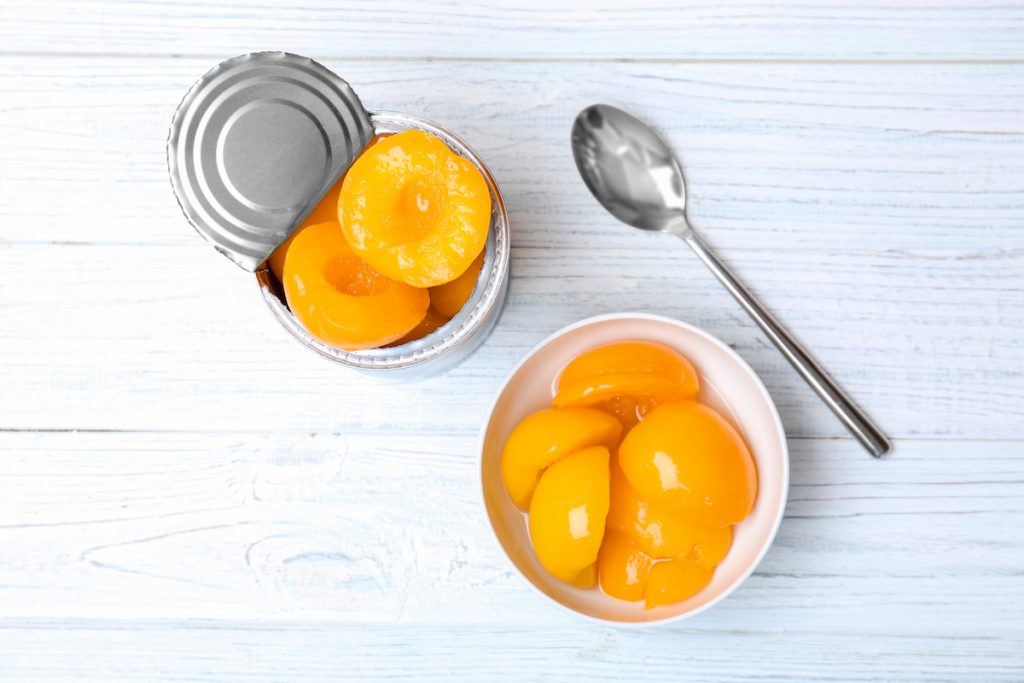
7. Keep tomatoes, bananas, and bananas in a dry and cool area. We wouldn’t recommend refrigerating any of these items. Ventilation is key for these ingredients, as is a highly controlled humidity level that a fridge can’t always provide. Plus, when tomatoes are put in the fridge, all their crispness gets zapped and turned into a mushy, mealy texture.
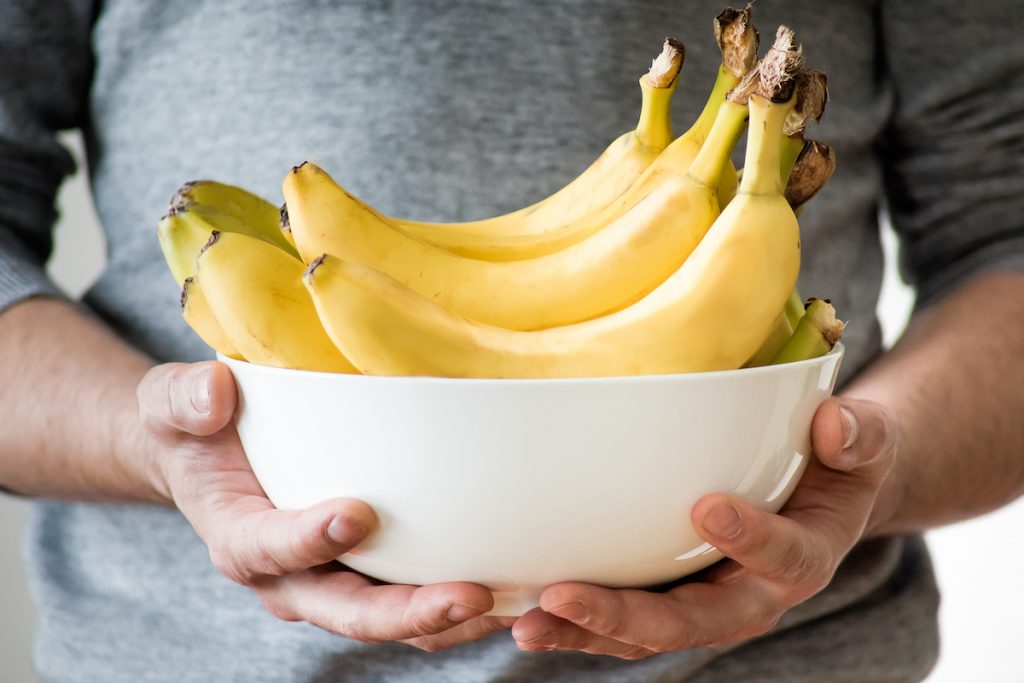
8. Invest in a vacuum sealer and say goodbye to Tupperware and paper bags. These sealers suck out all the air, which is a key factor in preventing food spoilage, and take the brain work out of storing your food and keeping it fresh.

9. Thoroughly wash heads of lettuce before refrigerating them. Pat the leaves dry with a towel or paper towel, and store in a fresh plastic bag, ideally lined by a few paper towels. This will keep your moisture under control and stop your greens from wilting fast. If this sounds like a lot of work — we get it. You can also wash right before using it, but remember: moisture is the enemy, and will rot ingredients faster.
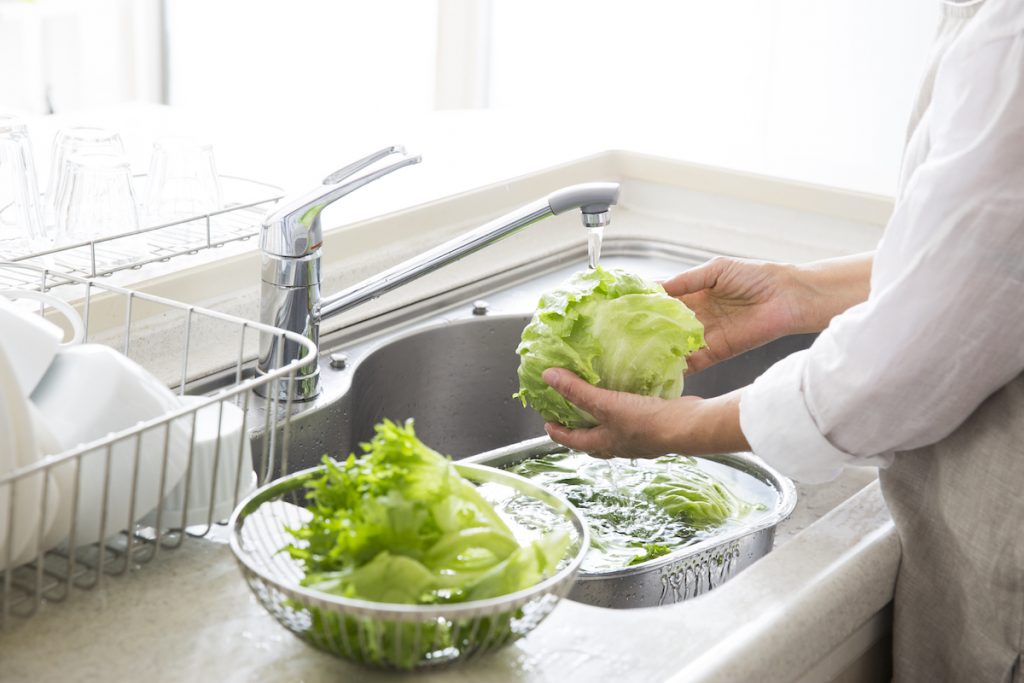
10. When storing your pineapple in the fridge, store it upside down. This will allow the fruit’s natural sweetness to spread throughout its structure in a balanced manner, ensuring every bite is delicious when you do eat it.
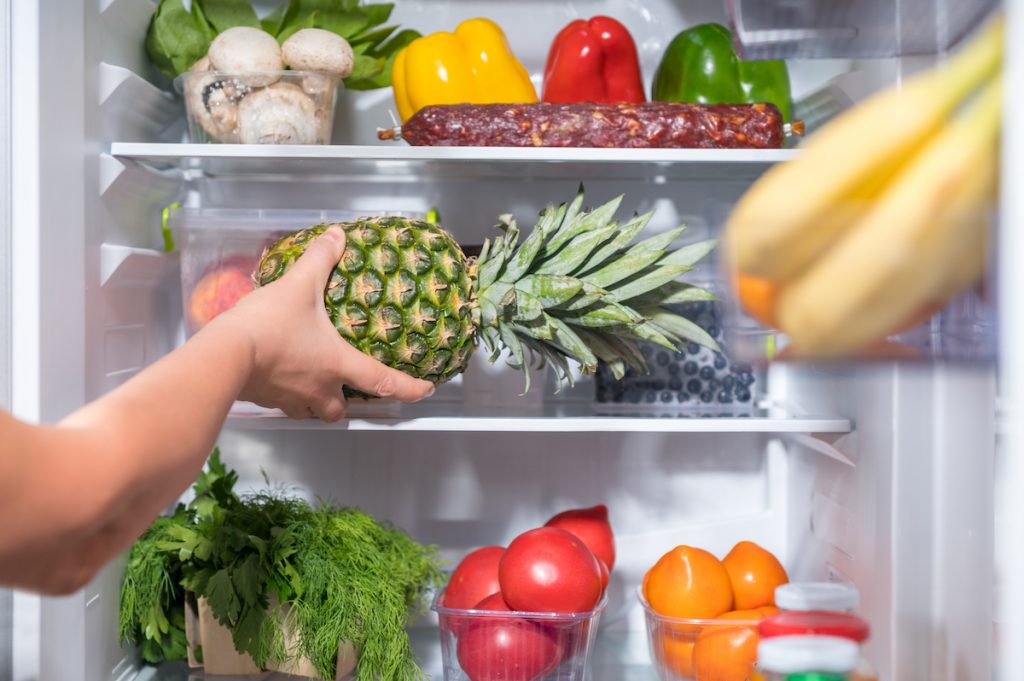
11. If you have asparagus, make sure to either wrap them in a moist paper towel or stand them up in a cold glass of water, wrapped with a slightly damp paper towel.
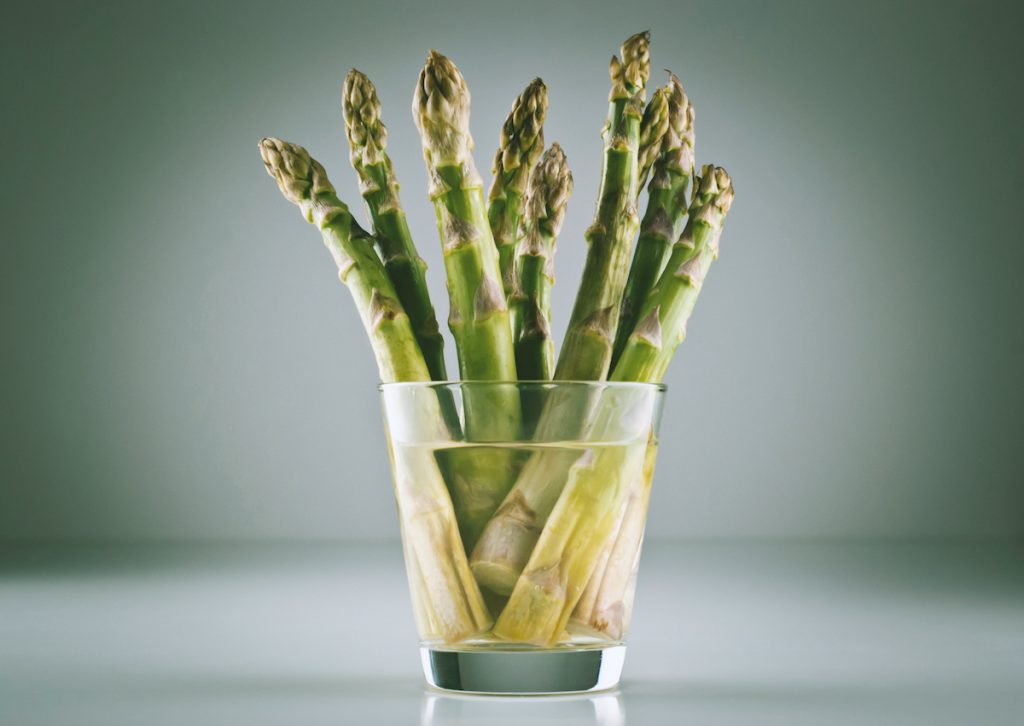
12. If you can’t eat your fruit right away or did a larger than usual farmer’s market haul, be sure to freeze it! This will allow you to enjoy it through every season (up to one year in the freezer), and while it can be eaten fresh, it’s also fantastic for smoothies, oatmeal, muffins, or parfaits.
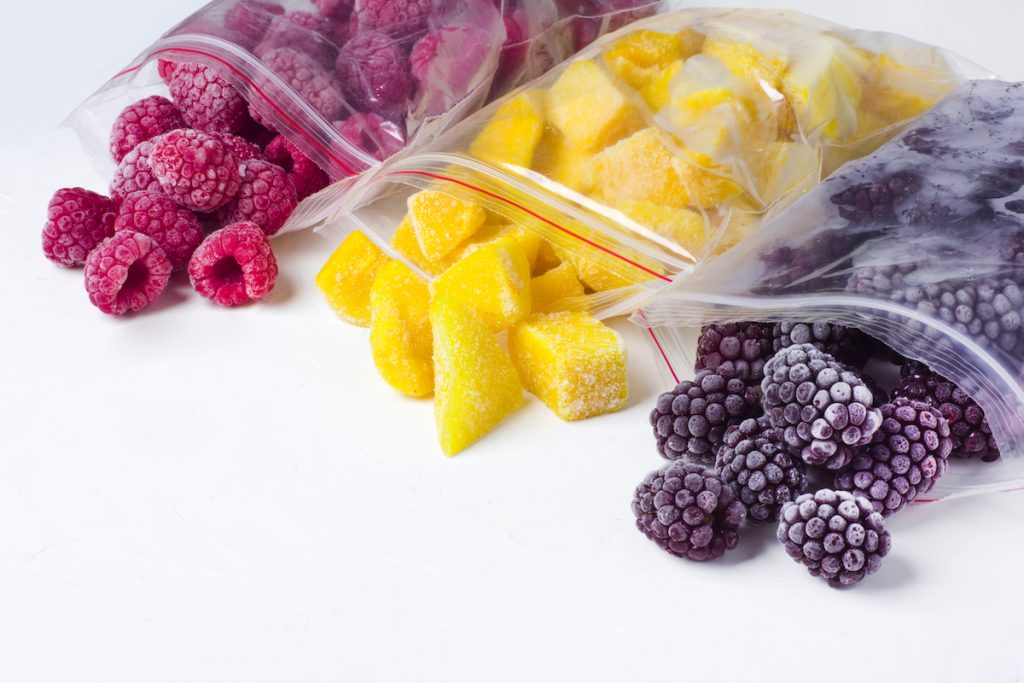
13. Some of you may be asking: why do some fruits and vegetables have to be stored separately? Aren’t they all friends? The fact of the matter is that ethylene gas is a natural gas emitted by some fruits that speeds up the ripening process of other certain veggies and fruits. For instance, if you want to ripen an avocado quicker, you can keep it in a plastic bag with a banana, which contains ethylene.
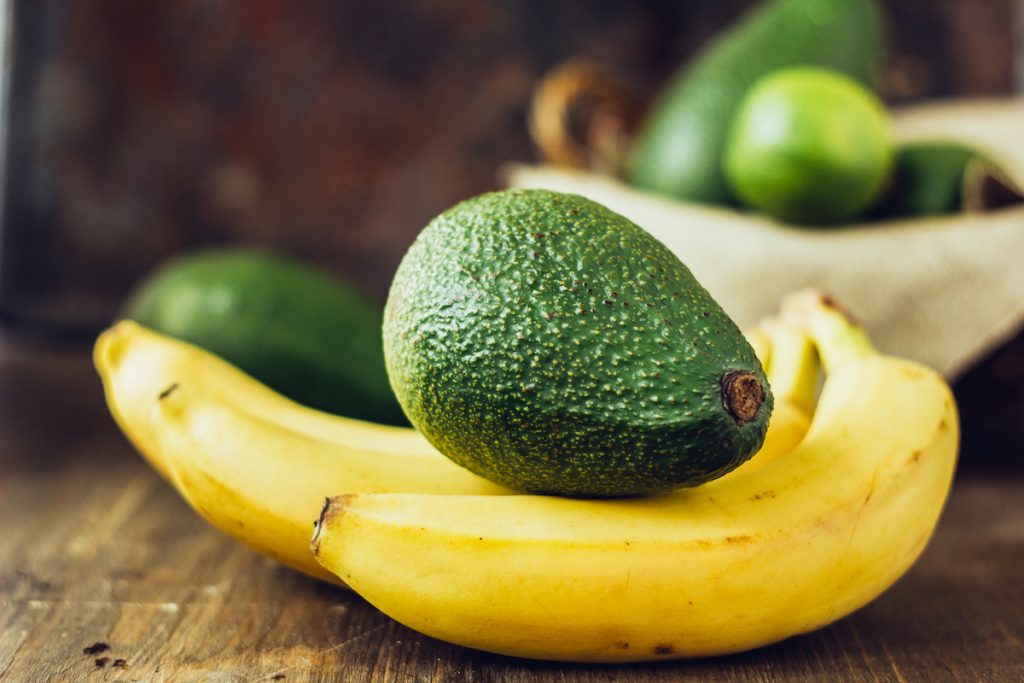
14. When storing chopped onion, keep it in an airtight container. The fragrance of onions is pungent, and it tends to permeate any other food that it comes into contact with. They also cause potatoes to sprout and/or wilt when stored together.
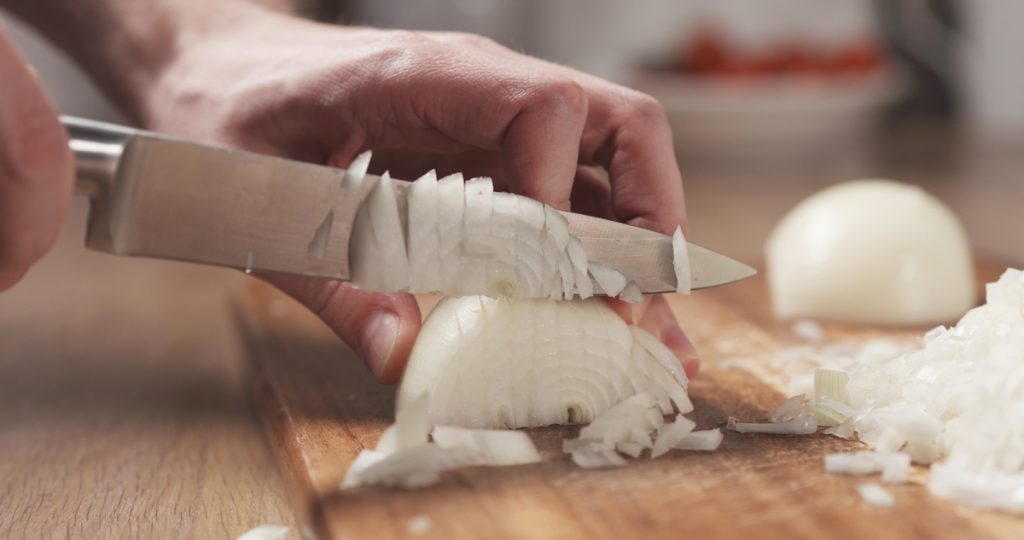
15. When it comes to meal prepping with pre-sliced veggies and fruits, there are a few rules to mind. Most fruits last approximately 5 days post-slice, but try to keep fruits such as avocados, bananas, pears and apples whole right up until you use then, since slicing causes them to brown fast and reduce longevity.
